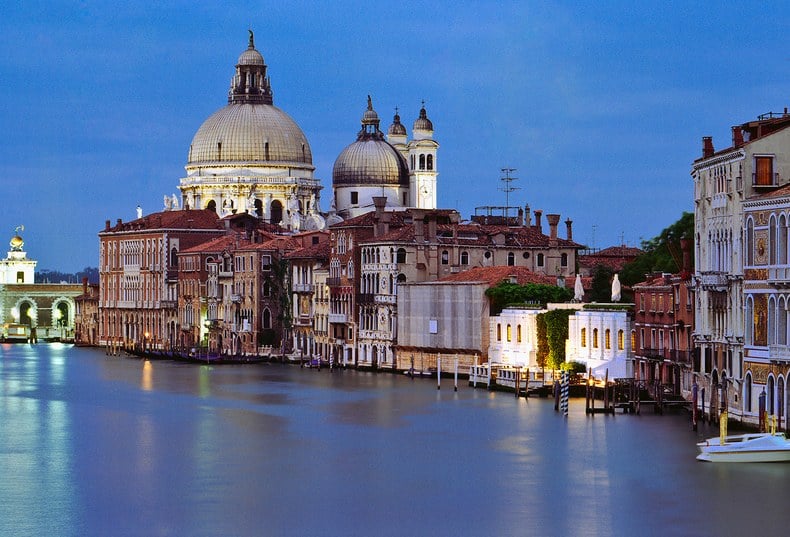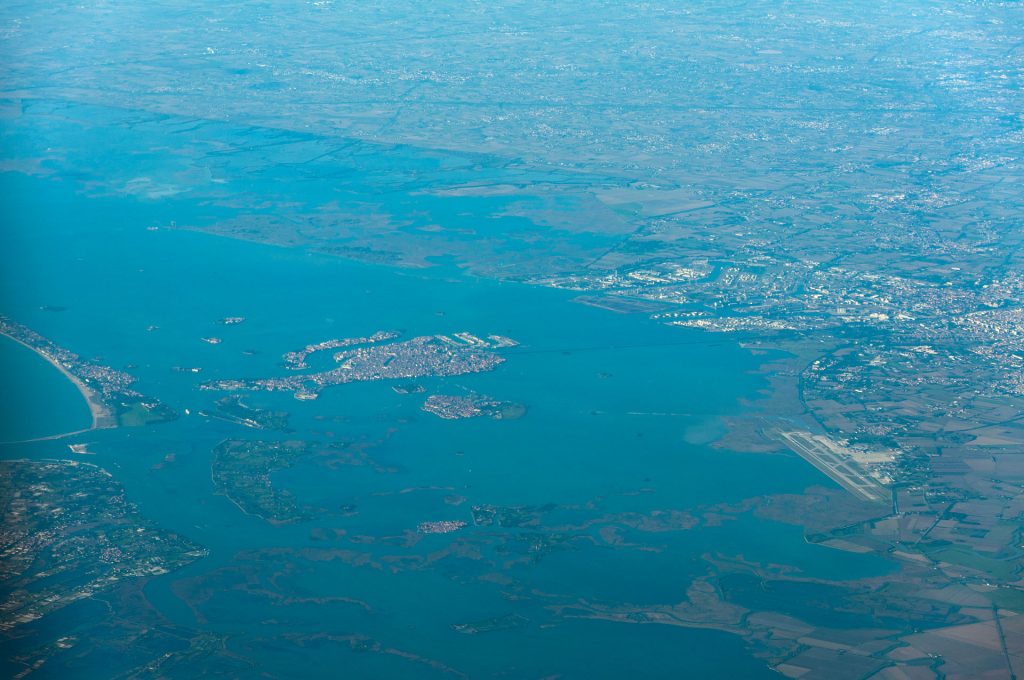Art World
Venice is Officially the Most Endangered Heritage Site in Europe
UNESCO will present a report on the situation in July.

UNESCO will present a report on the situation in July.

Lorena Muñoz-Alonso

Venice—the city of labyrinthian canals, grand Palazzos, and the stage of what’s arguably the most important contemporary art event in the world—has been declared the most endangered heritage site in Europe.
The foreboding announcement was made yesterday in Venice by the heritage organization Europa Nostra, the Art Newspaper reports.
Venice had already been included in the shortlist of the 7 Most Endangered program, a report that identifies Europe’s most imperiled sites, released in December 2015.
The report found that the increased ship traffic and the associated dredging of deeper channels are leading to the erosion of the seabed, threatening the existence of Venice and its lagoon, which was designated as a UNESCO World Heritage site in 1987.
Moreover, the rising sea levels, the huge number of tourists clogging the city, and the large cruise ships sailing the lagoon constantly, are all key issues that—despite their urgency—haven’t been tackled as part of a proper management plan for Venice, with dramatic consequences for its preservation.

Opera singer and Europa Rostra president Plácido Domingo in 2008 at the Harman Center for the Arts in Washington, D.C. Photo by Russell Hirshon for the National Endowment for the Arts (public domain).
“Europa Nostra has come to Venice today to ring the alarm bell and to remind the world that Venice cannot survive without its lagoon,” the Spanish opera singer Plácido Domingo, president of Europa Nostra, said in a video message broadcast during the event.
“Venice was born from the waters. The lagoon not only represents the origin and the past of the historic city; it is also a living organism which makes the city breathe, and is therefore indispensable for ensuring the future of Venice,” he stressed.

Aerial view of Venice. Photo by Hansueli Krapf, Creative Commons Attribution-Share Alike 3.0 Unported license.
“Fifty years after the huge floods which provoked a solidarity movement across the entire world, international public opinion needs once again to raise its voice and to launch the following appeal to the European, Italian, and Venetian governments, and also to political and business leaders,” Domingo declared, referring to the 1966 floods in Venice and Florence that destroyed millions of antique masterpieces and books, and sprung a vast number of international bodies to help in their aftermath (Florence’s 1966 flood of the Arno also claimed the lives of 101 people).
“UNESCO takes note with great attention of the decision of Europa Nostra to declare Venice as the most endangered site in Europe,” Francesco Bandarin, UNESCO Assistant Director-General for Culture, said in response to the announcement. “UNESCO is currently preparing a report on the situation of Venice, which will be presented to the World Heritage Committee. The Committee will issue its decisions and recommendations in July 2016,” he added.